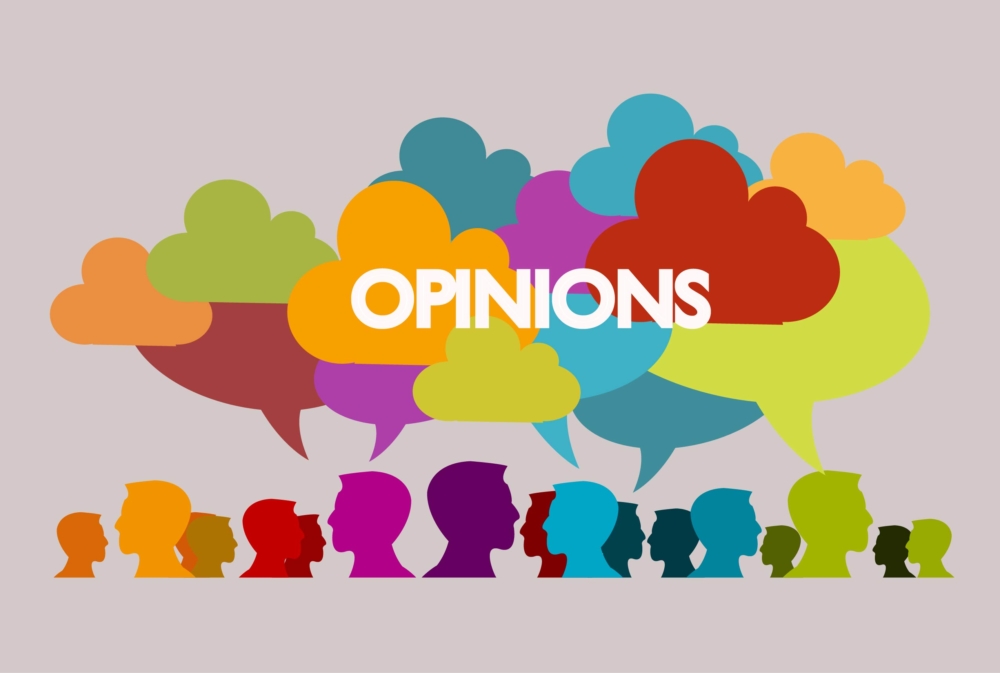By Gabriel Lattanzi
Stratford High School
For around 2-3 years, Artificial Intelligence (AI) art has been creating a fiery inferno of controversy. There are two heated sides to the argument: is AI art fair to the artists it learns from?
It’s no secret that the learning process for these image generating robots includes searching through immense databases of images, including artist’s work. It then recognizes patterns in the images, and spits out an artificial piece of “artwork.” There are pros and cons to both sides of the argument, however one seems to have a bit more credibility than the other.
The process of using pre-existing images, many of which are genuine pieces of artwork, to teach a robot how to create art is absolutely, without a doubt plagiarism. The fact that these bots can memorize specific artists styles and then copy them is crummy. If I were to take a piece of Van Gogh artwork, for example, and create a “new” image using his exact style, color palette, and emotion, would I be called a true artist? No! I would be called a Van Gogh copycat and be labeled as unoriginal. The same argument should be used for these bots. In fact, it should be even more detrimental to them, as it requires even less effort for a robot to create a Van Gogh style painting than a human.
What’s even worse about this is that the artists have no real choice about what happens with their art in this situation. Using AI art for monetary gain falls into a legal gray area, as technically it’s not plagiarism by law, since what the bots are making is perceived as “original,” however morally it is plain disgusting.
Huge corporations have begun using AI generated art for some of their advertisements/designs, meaning that they are making insane amounts of money off the backs of these artists who train the bots. To make it worse, the artists receive no compensation. Artists are having their work thrown into these AI training programs without choice, have no legal way to pursue them, and aren’t earning a lick of the profit being made off them.
Now arises the also valid yet weaker argument of this AI generated art being good for us. It allows us to put phrases that we couldn’t possibly perceive on our own into an image we can understand. It’s also simply great for entertainment, as one can sit at a computer and put in the most ridiculous prompts to make funny images for hours at a time. You also have to give credit to some of these AI developers, as they are including “opt-out” options for artists, which would allow them to have their artwork removed from the learning process.
The best course of action in this scenario would be to change a few things about the learning process of these robots. First of all, make the artwork it learns from strictly public domain content. There are millions, likely billions of pieces of artwork that are free for the public to use in any way they choose.
Another possibility is for every generator to be legally required to include an “opt-out” feature, so that artists can choose whether they want their images to be used to train these bots.
The final solution would be to make monetary compensation required, meaning that if someone who generates an image using the specific style or features of another piece of work, the artist used must be paid a percentage of the profits made under the image. All of these would allow AI generated art to continue providing its benefits to society whilst making artists more comfortable with the new technology.

